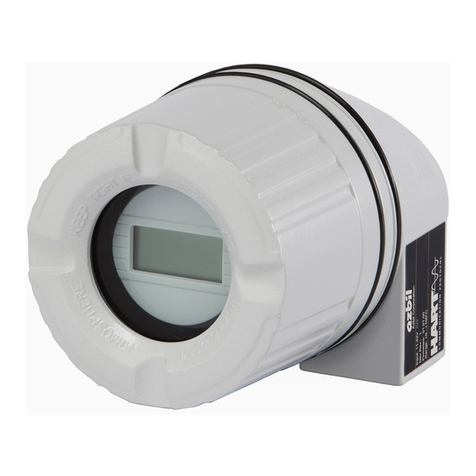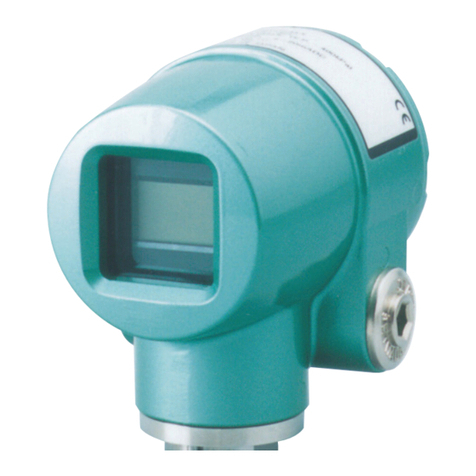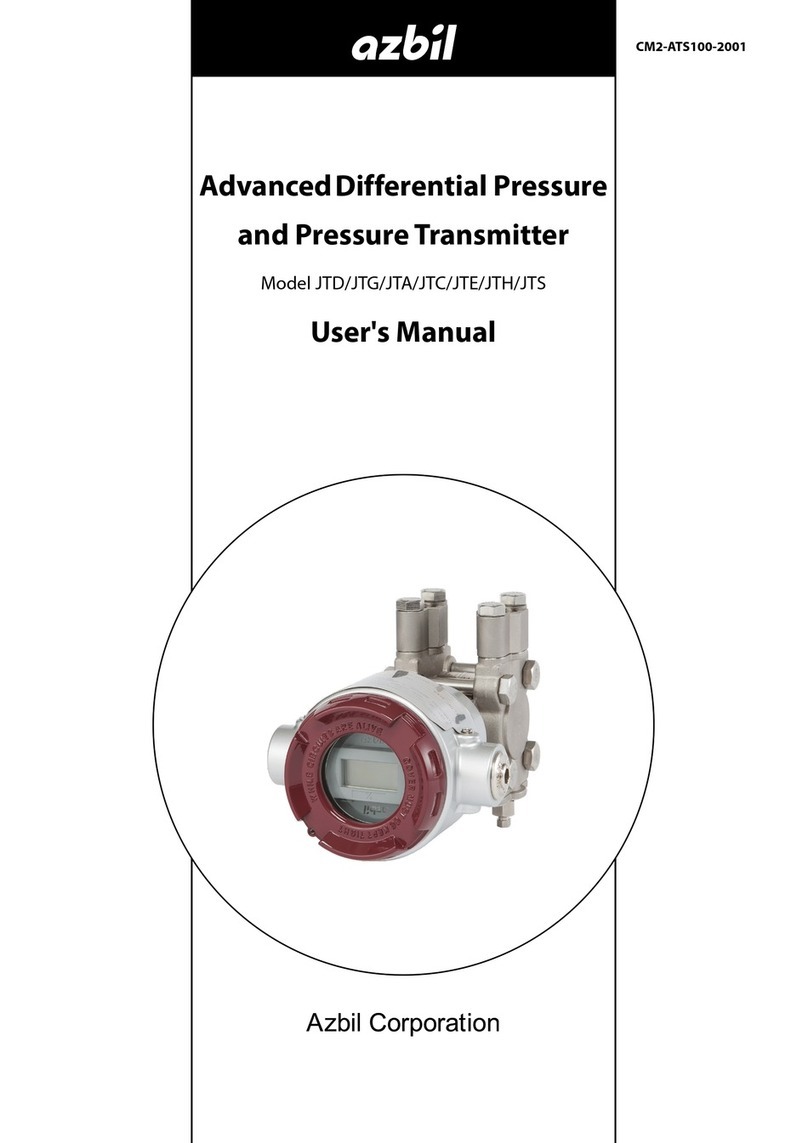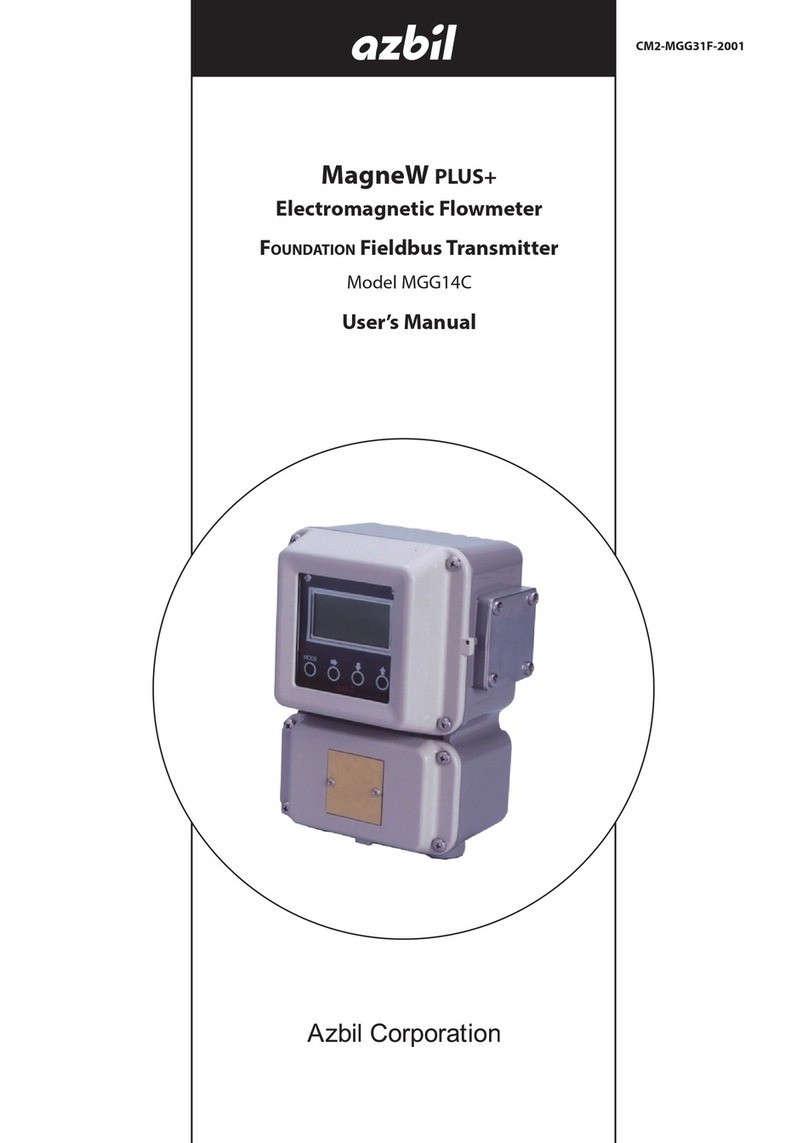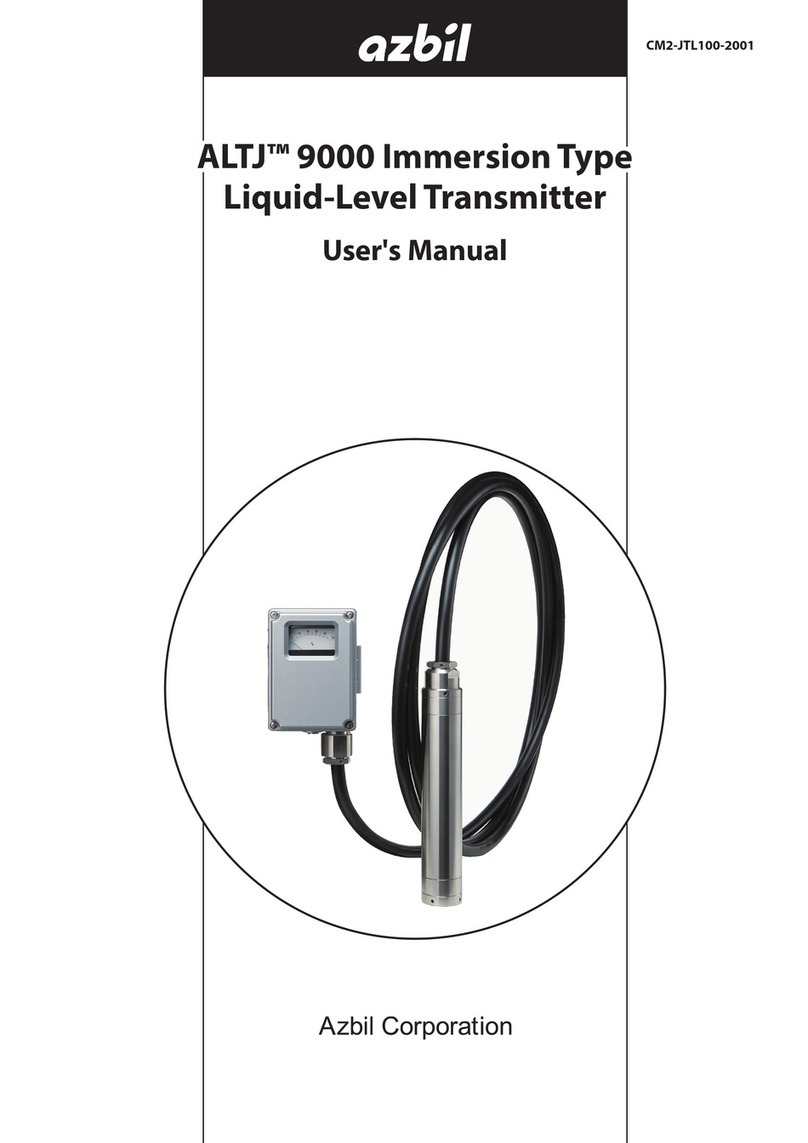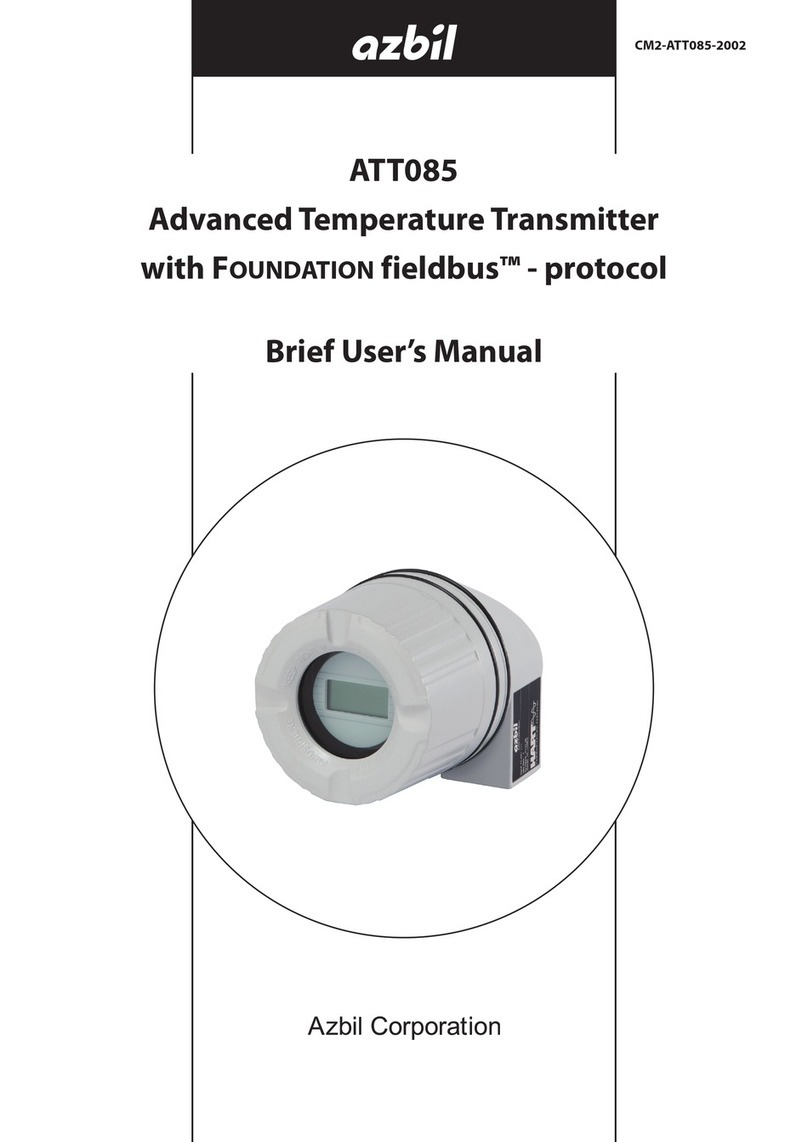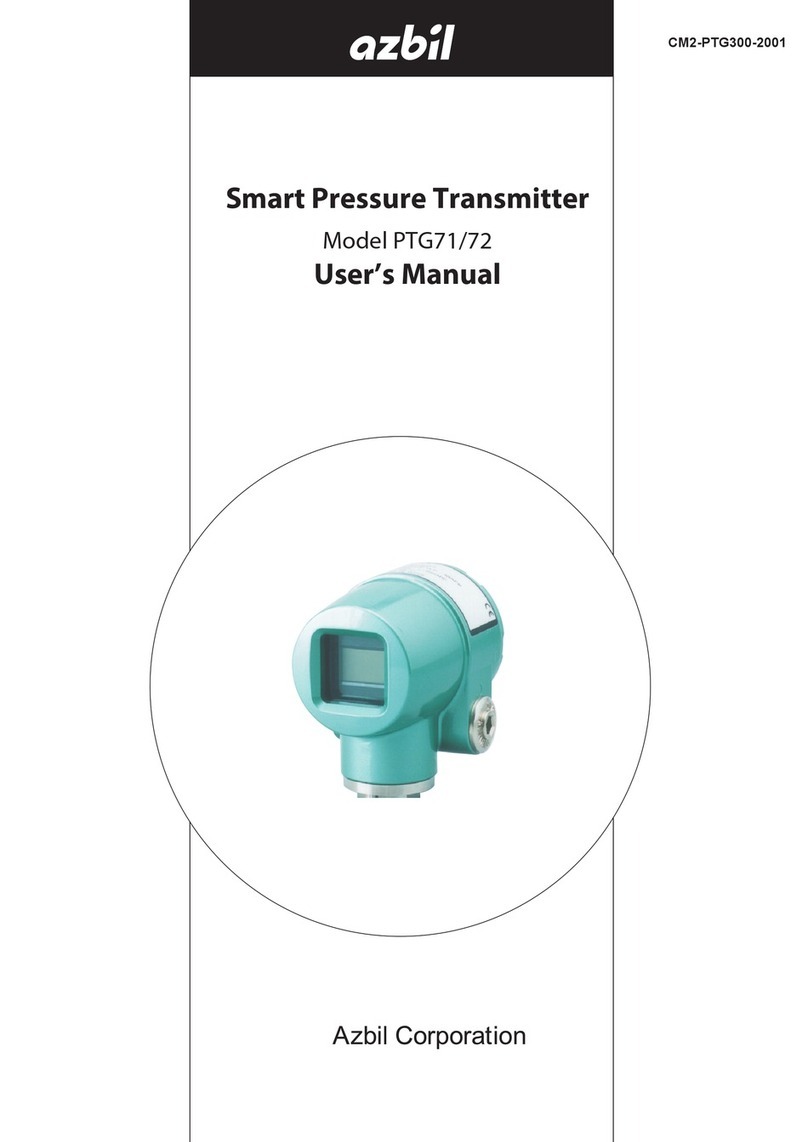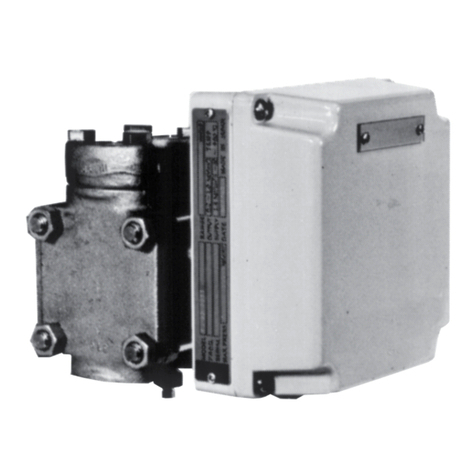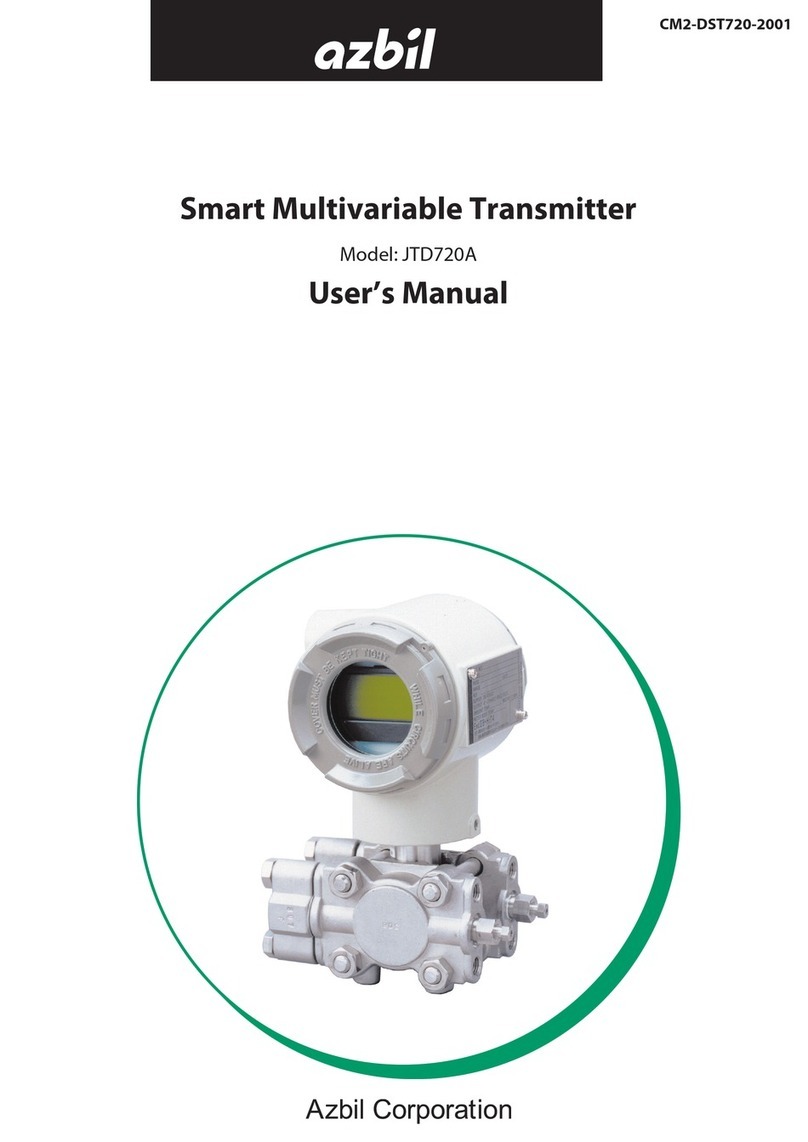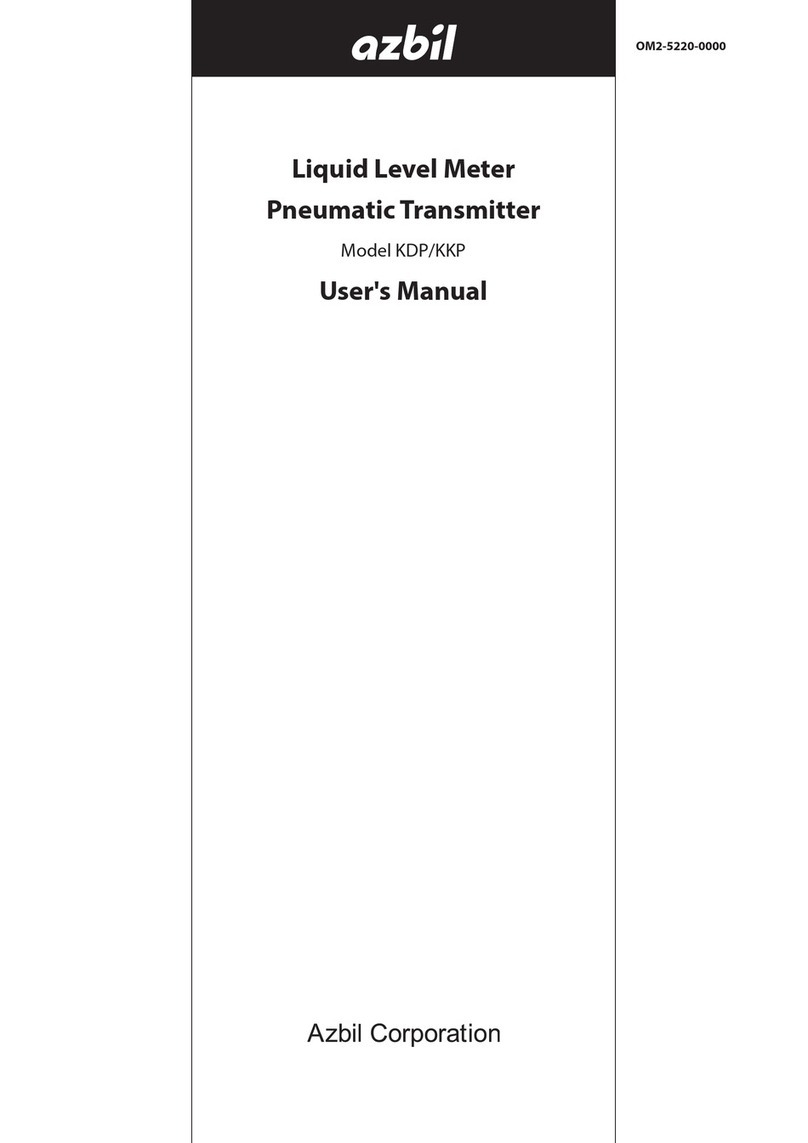
Table of Contents
2-4 : Operation start .............................................................................................. 2-18
Before operation start................................................................................. 2-18
Start operation............................................................................................ 2-18
When steady operation is reached............................................................. 2-18
2-5 : Operation stop .............................................................................................. 2-19
2-6 : Operation using SFC .................................................................................... 2-19
Principles of key operation ......................................................................... 2-19
Interaction with screen ............................................................................... 2-20
Correction of input ............................................................................. 2-20
SFC keyboard ............................................................................................ 2-21
Basic operation of key input ....................................................................... 2-22
SFC key functions ...................................................................................... 2-23
Green key functions........................................................................... 2-24
Orange key functions......................................................................... 2-26
Yellow key functions .......................................................................... 2-28
Dark green key functions................................................................... 2-30
White key functions............................................................................ 2-31
Dedicated functions.................................................................................... 2-32
Operation when starting measurement ..................................................... 2-32
Display measured data .............................................................................. 2-33
Liquid level input (mm)....................................................................... 2-33
Output being transmitted (%)............................................................. 2-33
Torque tube temperature (°C) ........................................................... 2-33
Angle sensor temperature (°C).......................................................... 2-35
Input angle......................................................................................... 2-36
Displaying and changing set data for measurement .................................. 2-37
Lower range value (LRV)................................................................... 2-37
Upper range value (URV) .................................................................. 2-40
Span .................................................................................................. 2-41
Specic gravity................................................................................... 2-42
Torque tube temperature coecient.................................................. 2-44
Range ................................................................................................ 2-46
Oset angle ....................................................................................... 2-48
Material coecient............................................................................. 2-50
Damping time constant...................................................................... 2-52
Printing ....................................................................................................... 2-53
How to feed recording paper ............................................................. 2-53
Maintenance printout ......................................................................... 2-54
Action printout.................................................................................... 2-56
Display and change of setting of this instrument........................................ 2-58
Changeable and non-changeable data ............................................. 2-58
Tag No............................................................................................... 2-59
Serial number .................................................................................... 2-60
Software version................................................................................ 2-61
Indicator display format...................................................................... 2-62
